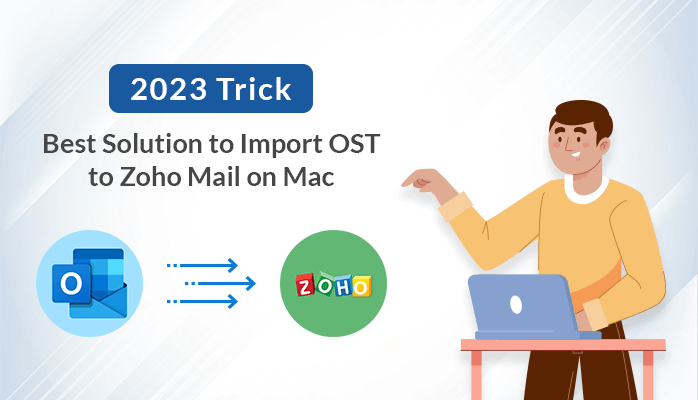For the successful execution of Digital Marketing campaigns, it is important to measure and understand Key Performance Indicators (KPIs). To make smart decisions, digital marketers rely on marketing benchmarks or KPIs to measure campaign performance and achieve marketing goals.
Here are the top 10 KPIs that every digital marketer needs to know.
1. Website Traffic
What it is: The number of visitors coming to your website. The users and new users metric shows the number of people who visited the website and interacted with your business. Google Analytics and similar tools can provide detailed insights into the number of users, their demographics, and the sources driving traffic to your site.
Why it matters: High traffic shows your online visibility. Tracking this digital marketing KPI helps you gauge the effectiveness of your SEO strategies, content marketing efforts, and other traffic-driving initiatives.
2. Conversion Rate
What it is: The conversion rate is the percentage of website visitors who take a desired action. The action can be making a purchase, signing up for newsletters, or filling out lead contact forms. Conversion Rate is calculated by dividing the number of conversions by the total number of visitors and multiplying by 100.
Why it matters: Conversion rate measures how well your website can persuade users to take action. A high conversion rate implies that your website’s design, content, and landing page are successfully turning visitors into customers or potential leads.
3. Click-Through Rate (CTR)
What it is: The CTR is the percentage of people who click on your ad, link or call to action after seeing it.
Why it matters: Whether it’s PPC ads, social media ads, or search engine results, a high CTR indicates that your message resonates with your target audience. Monitoring CTR allows you to optimize your ad copy, meta titles, and visual assets to maximize user engagement and conversions.
4. Cost Per Click (CPC)
What it is: The CPC is the price you pay for each click on your ad click.
Why it matters: Helps manage ad budget efficiently. Lowering your CPC while maintaining a high CTR can lead to more efficient campaigns. Platforms like Google Ads and social media ad networks provide insights into CPC and allow you to adjust bidding strategies accordingly.
5. Return on Investment (ROI)
What it is: A digital marketer needs to monitor the ROI of marketing campaigns. Return on Investment (ROI) quantifies the revenue generated relative to the marketing costs incurred. Accurately tracking ROI requires precise attribution models that consider the entire customer journey, from initial touchpoint to conversion.
Why it matters: ROI signals a campaign’s profitability. A negative ROI calls for a recalibration of campaign and digital marketing efforts.
6. Customer Acquisition Cost (CAC)
What it is: The CAC is the investment or marketing cost required to gain a single customer. It’s calculated by dividing the total marketing and sales costs by the number of new customers acquired during a specific period.
Why it matters: Monitoring CAC helps you evaluate the efficiency of your marketing campaigns. By comparing CAC to Customer Lifetime Value (CLV), you can gauge campaign sustainability and cost optimization opportunities.
7. Bounce Rate
What it is: Bounce Rate measures the percentage of visitors who leave your site without interacting with any of its elements and quickly navigating away from the website after viewing just one page.
Why it matters: A high bounce rate might suggest that your content isn’t engaging or relevant enough to retain visitors. Analyzing bounce rates across different pages can highlight areas that need improvement, allowing you to adjust landing page content and design to keep visitors engaged.
8. Social Media Engagement
What it is: Social media platforms are indispensable for digital marketing. Monitoring metrics such as likes, shares, followers, reach, comments, and mentions provides insights into audience engagement with your content on social platforms.
Why it matters: Social Media metrics measure brand interaction. Engaging content can lead to increased brand visibility, better customer relationships, and ultimately, more conversions.
9. Email Open and Click Rates
What it is: Email marketing helps nurture leads and engage existing customers. Tracking how many people open emails and click links helps you assess the effectiveness of your email campaigns. Percentage
Why it matters: High open and click rates show email campaign success. A low open rate might indicate that your subject lines need improvement, while a low click rate could suggest that your email content or call-to-action isn’t compelling enough.
10. Customer Lifetime Value (CLV)
What it is: CLV represents the total revenue a customer generates for your business throughout their entire relationship with your business.
Why it matters: CLV guides customer retention strategies. It helps you understand the long-term impact of your marketing efforts and guides decisions related to customer retention and loyalty programs. By increasing CLV, you can maximize the value of each customer and improve overall profitability.
Understanding these KPIs empowers digital marketers to optimize campaigns and achieve business goals effectively. The data-driven approach helps make informed business decisions and guide marketing strategies. Digital Marketing KPIs therefore act as milestones, showing the path to digital success.
Conclusion
In conclusion, monitoring and analyzing Key Performance Indicators (KPIs) in digital marketing is a fundamental practice for gauging the success and impact of your campaigns. These metrics provide valuable insights into various aspects of your online efforts, from website traffic and engagement to conversion rates and return on investment. By diligently tracking these KPIs, marketers can make informed decisions, refine their strategies, and optimize their resources for maximum effectiveness.
Remember that the choice of KPIs should align with your specific goals and objectives, ensuring that you’re measuring what truly matters to the success of your digital marketing endeavors. Regularly reviewing and adapting your approach based on these KPIs can lead to continuous improvement and better results in the ever-evolving landscape of digital marketing.
Author Bio
Hunaid Germanwala is a Digital Marketer, SEM, PPC & SEO Expert specializing in e-commerce and web Analytics. He graduated with a Master’s Degree from Ulm University, Germany. He has over a decade of digital marketing experience spanning diverse e-commerce verticals, brands, and industries. Hunaid is the author of multiple books, crafts short stories, and blogs at howtowhere.com. You can find out more at his website https://hunaidgermanwala.com








